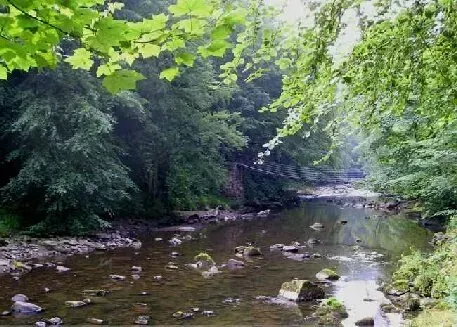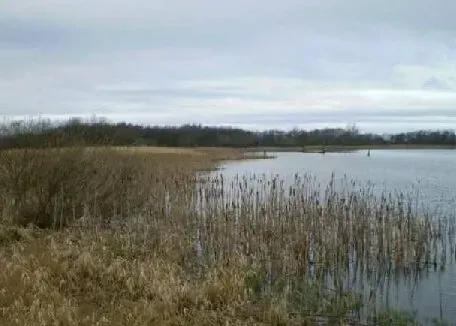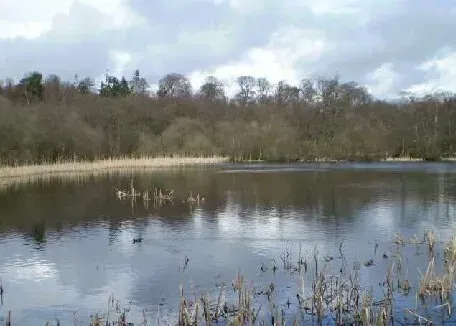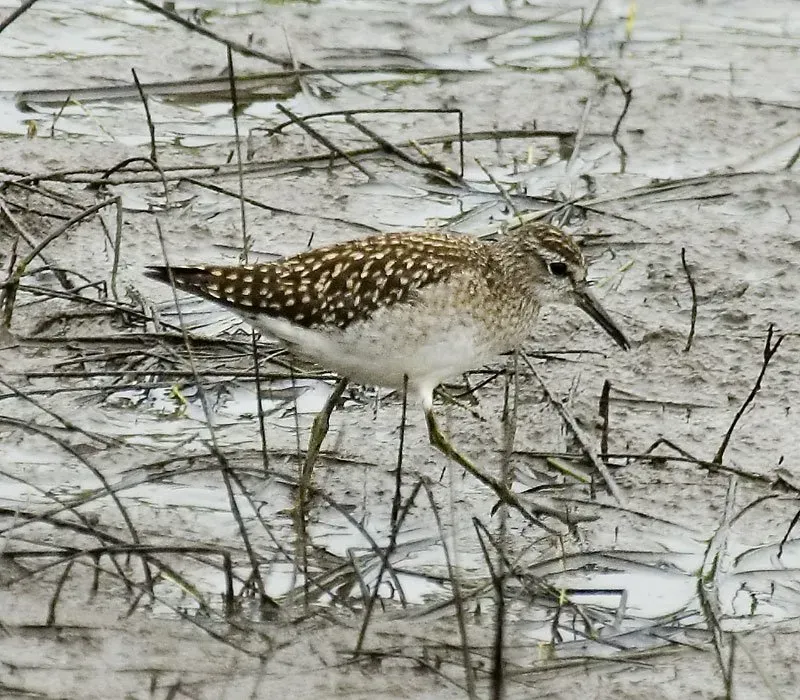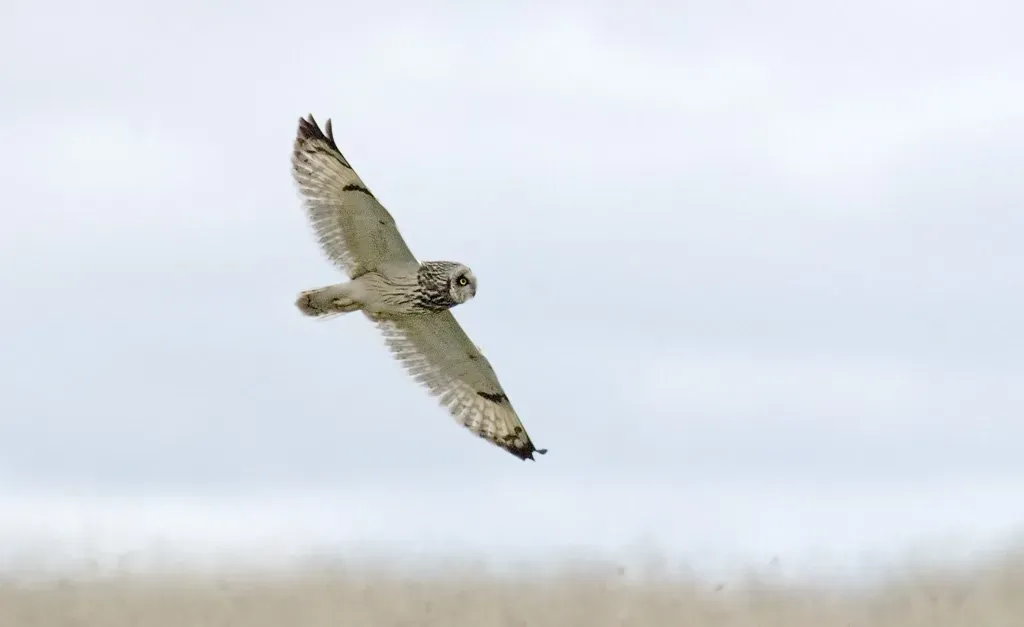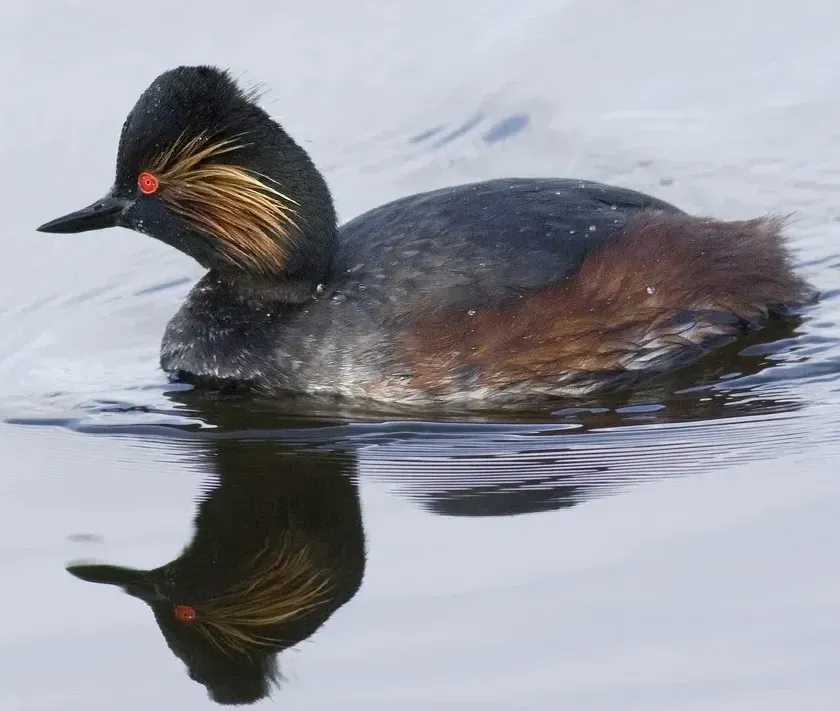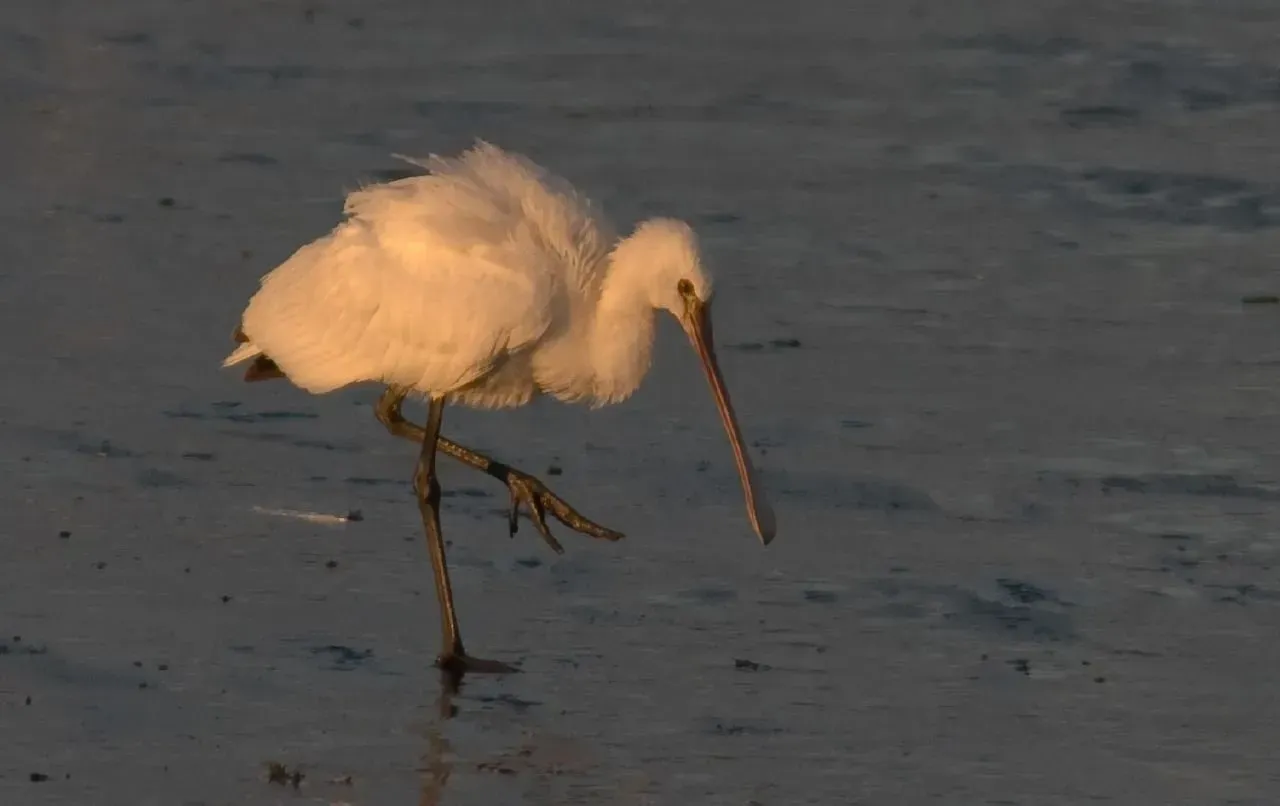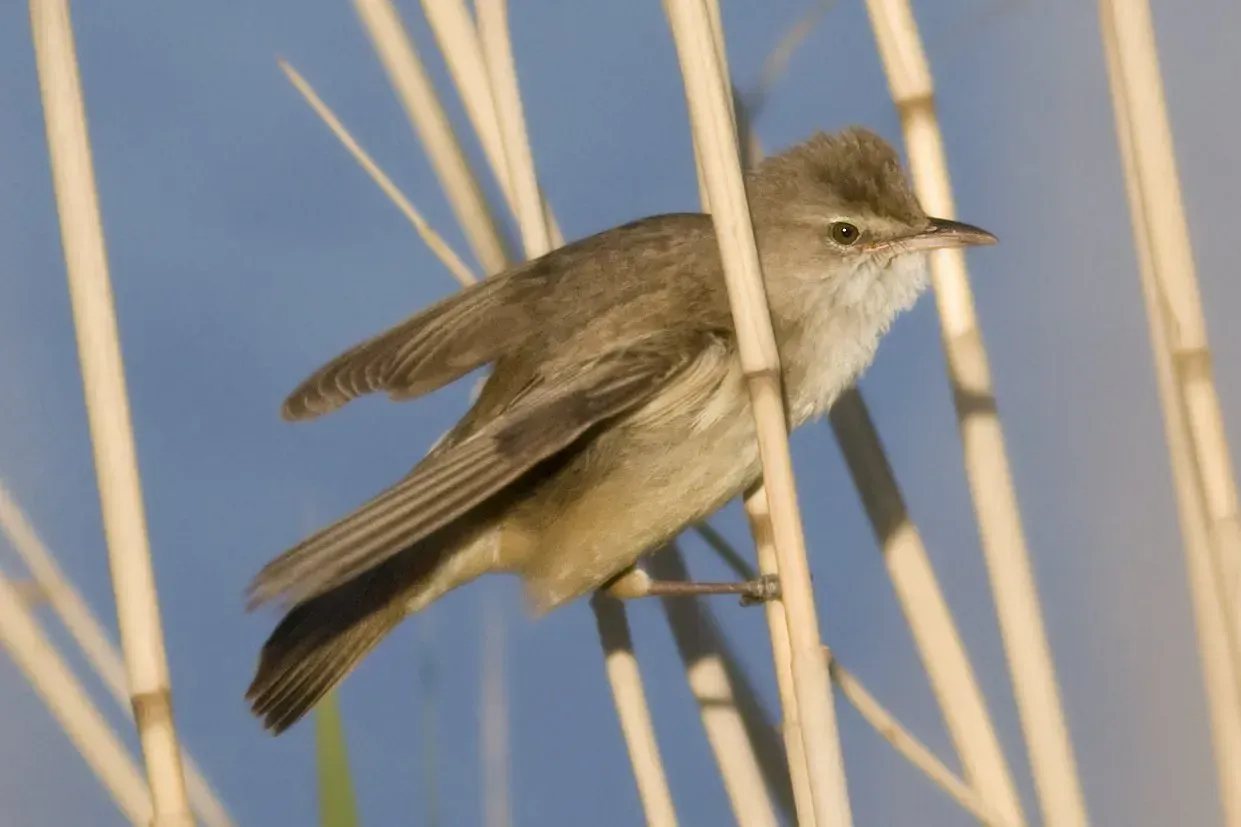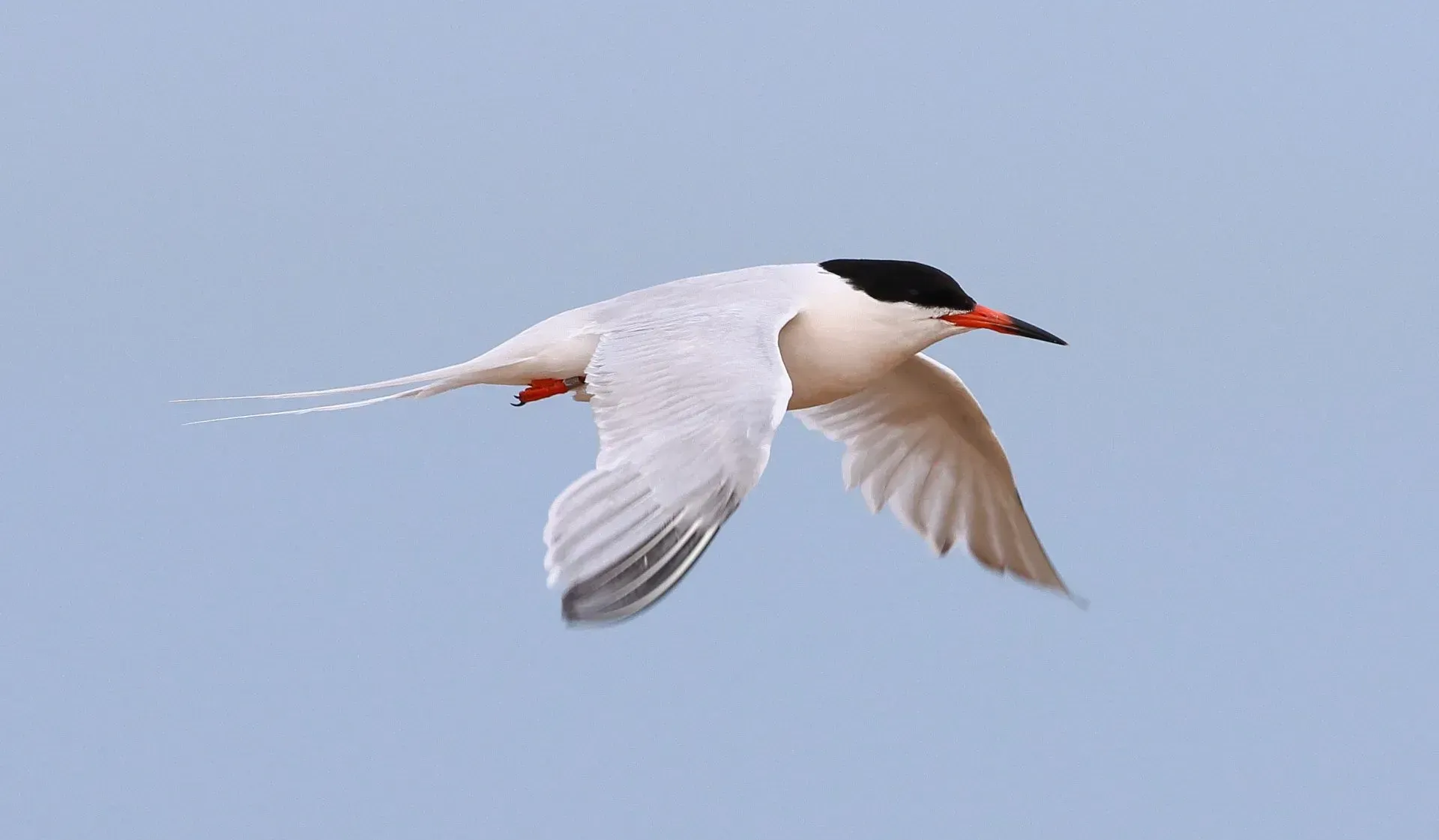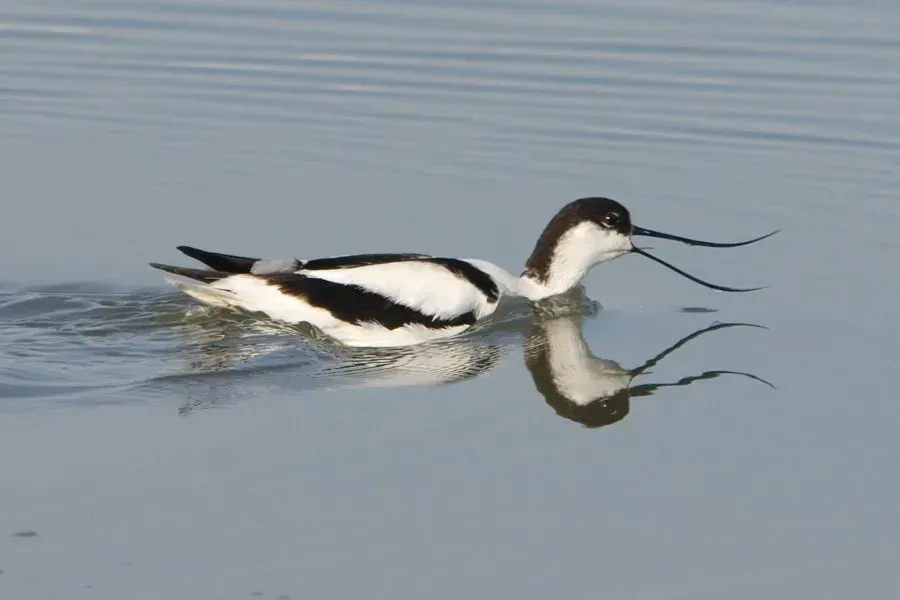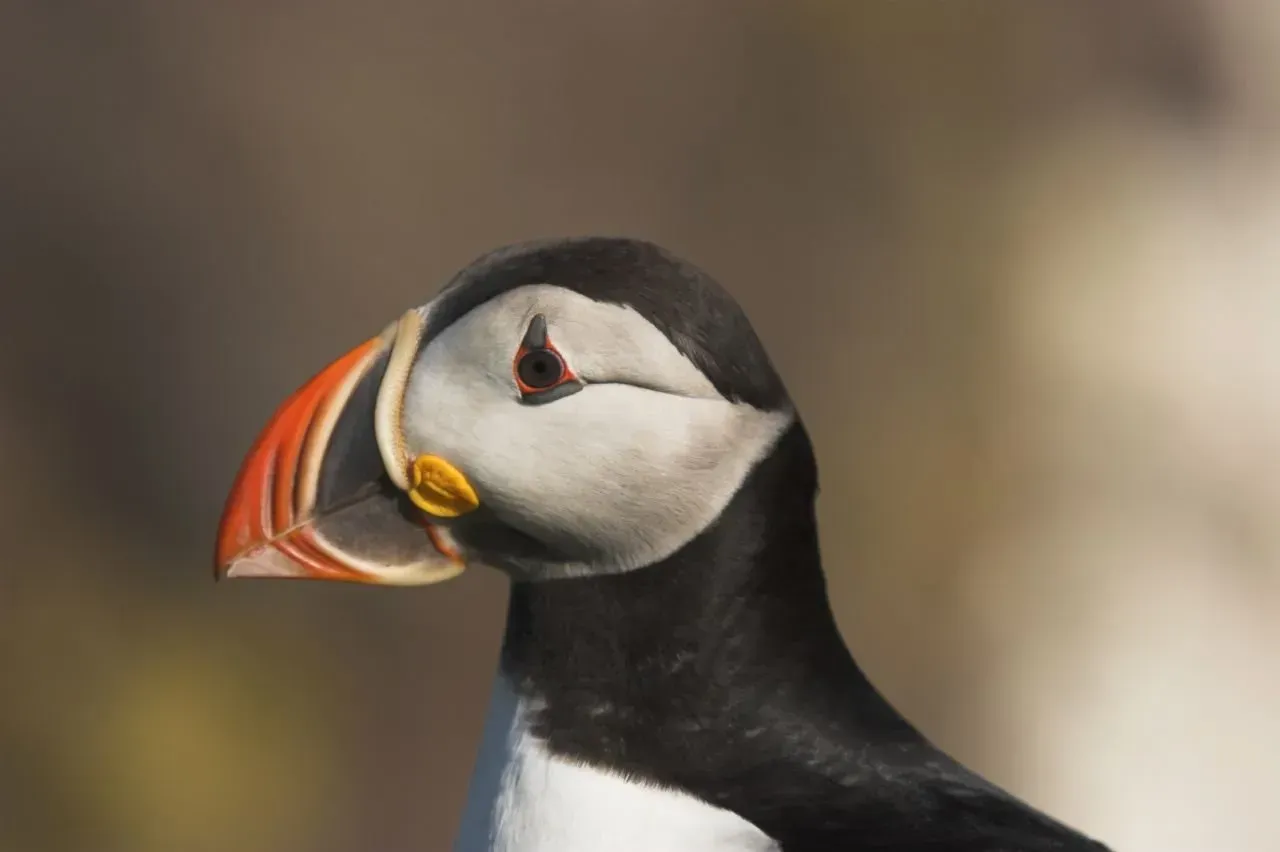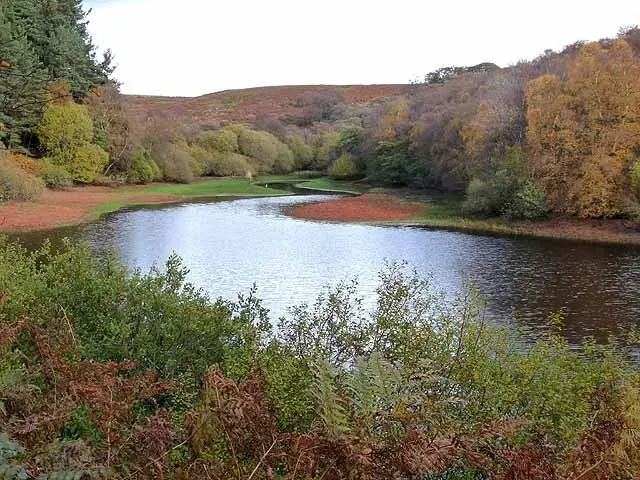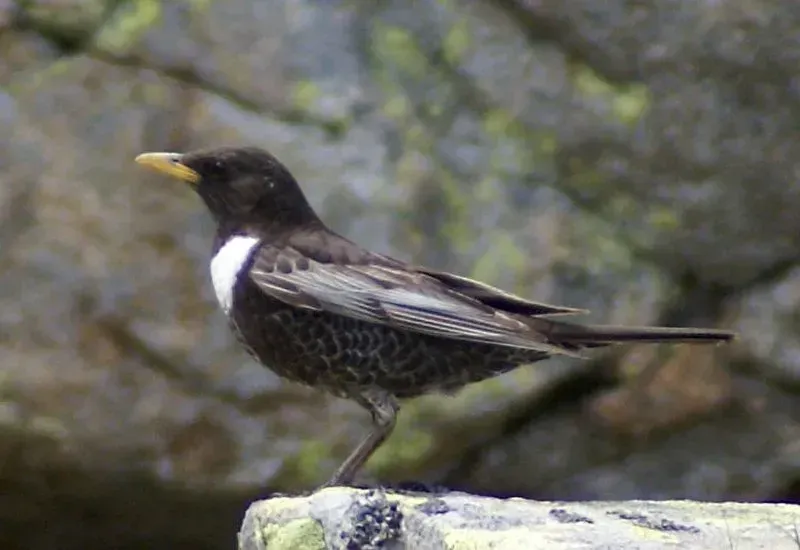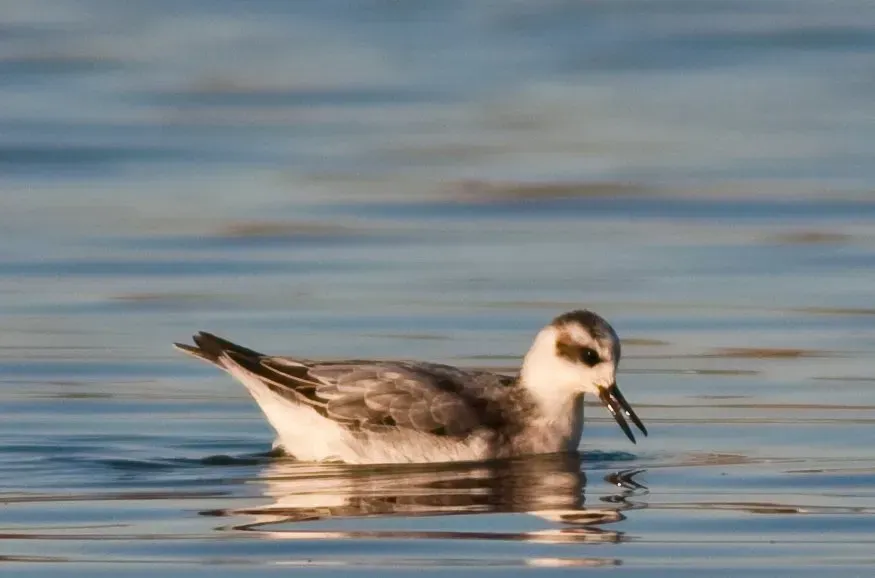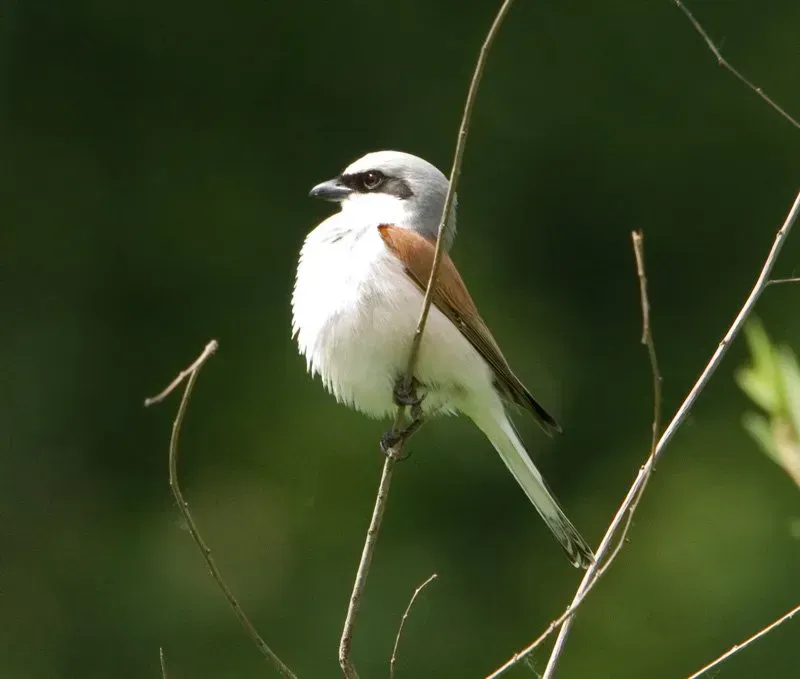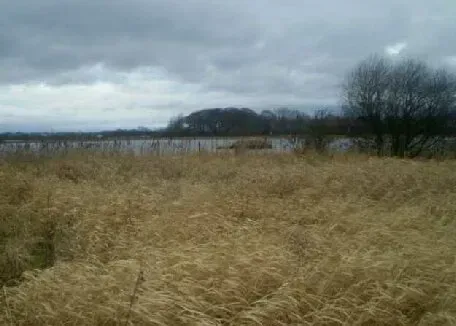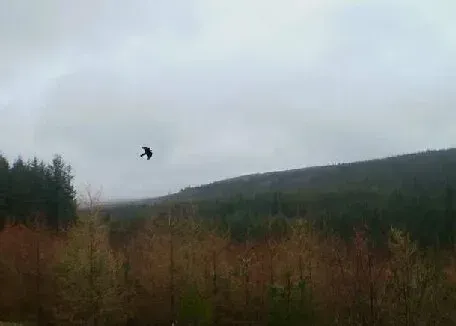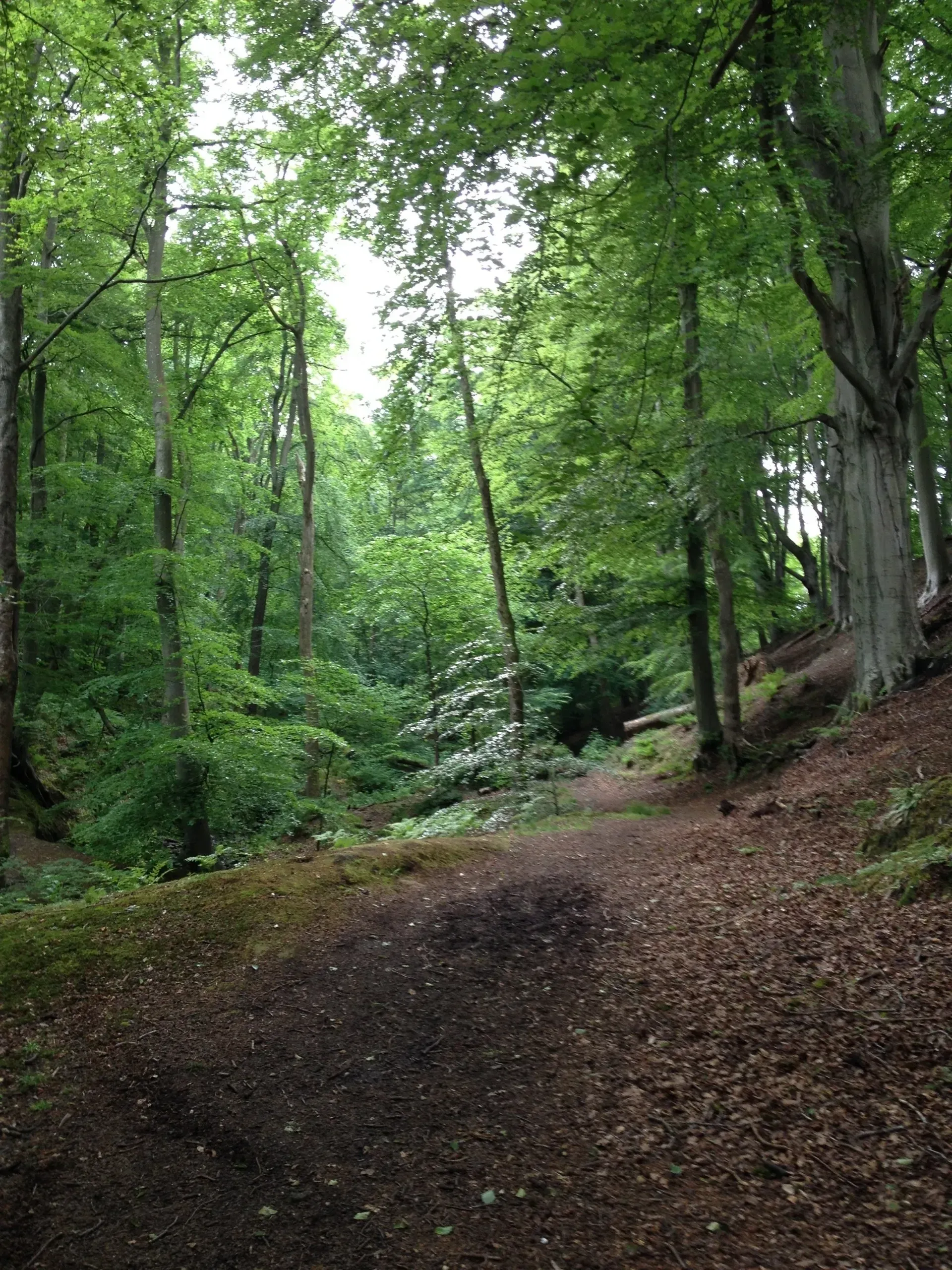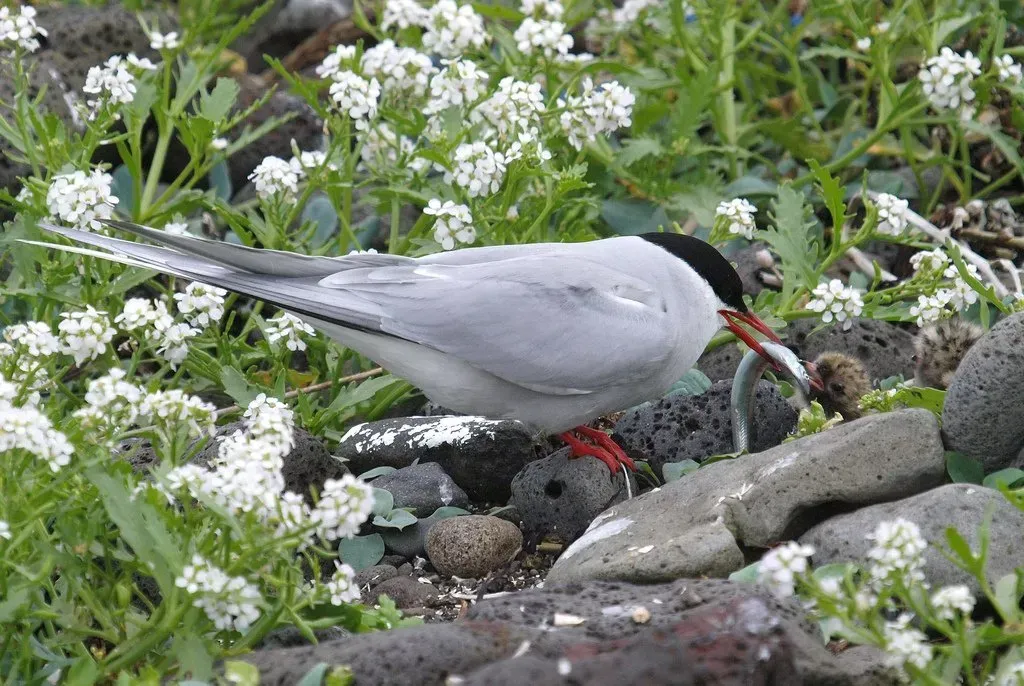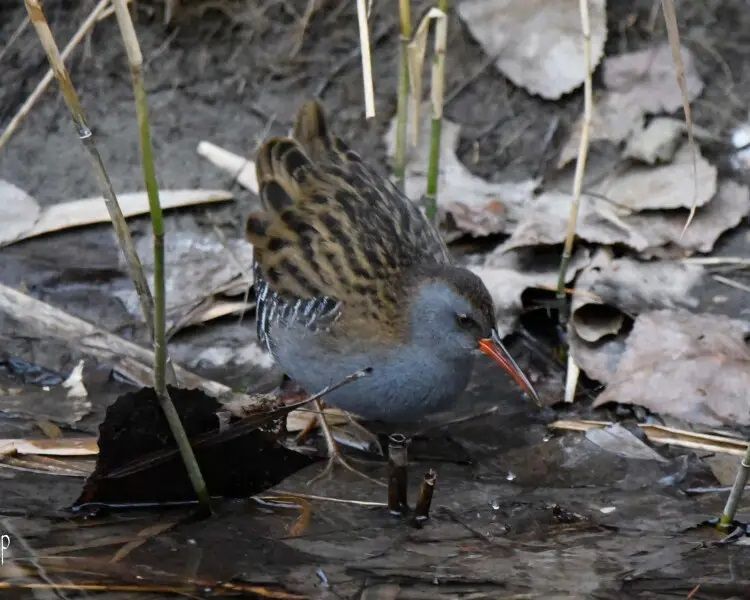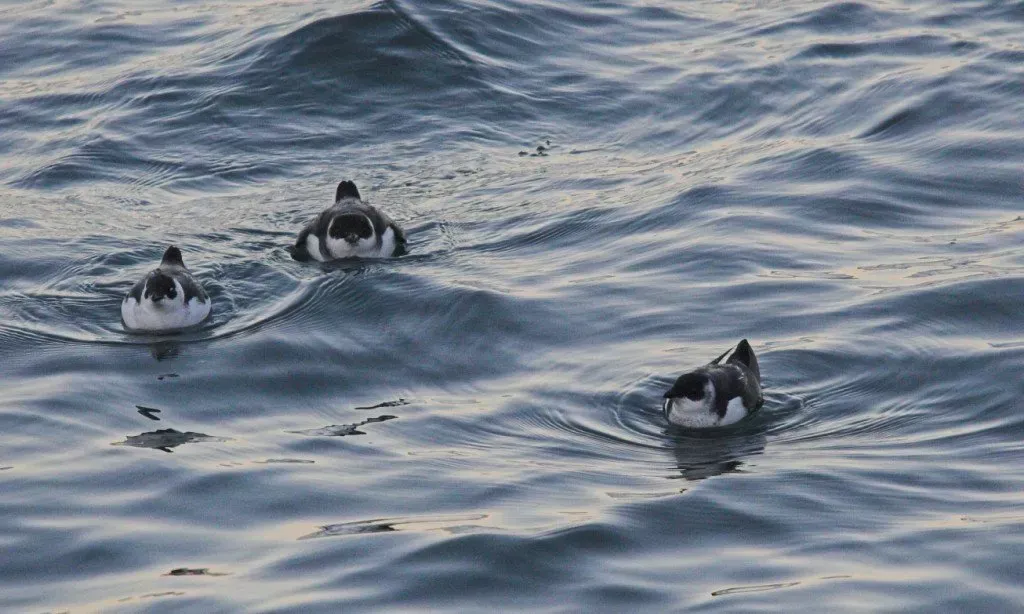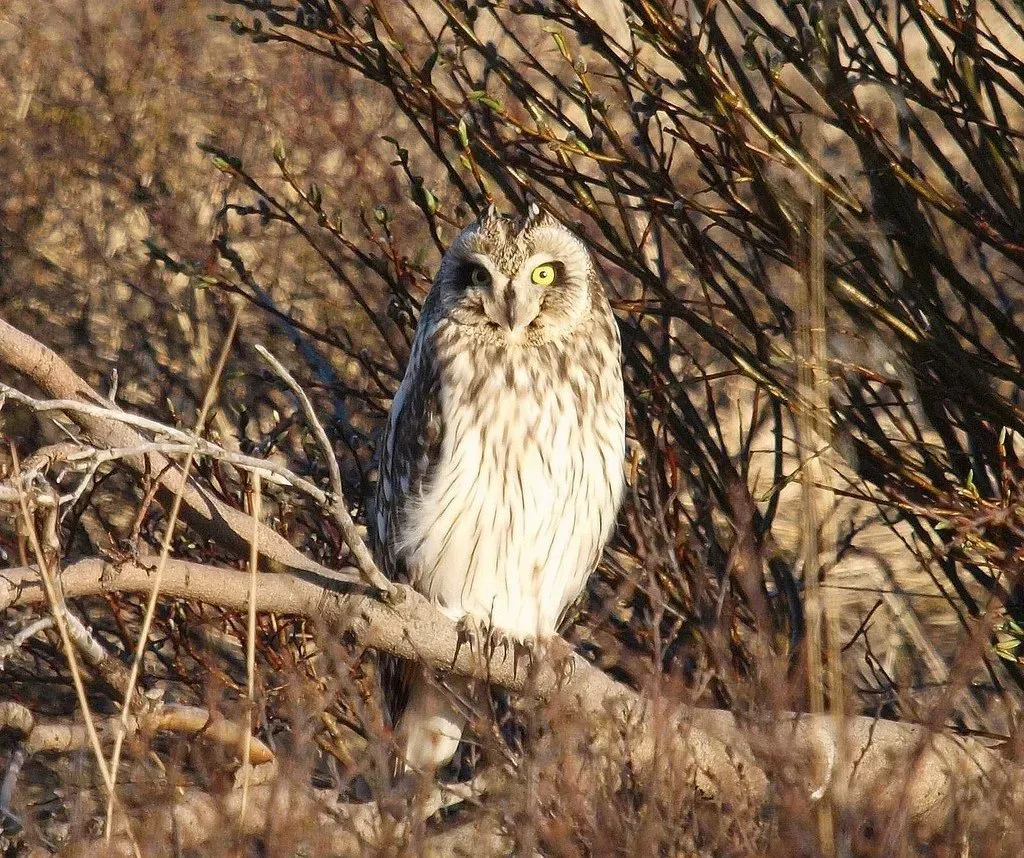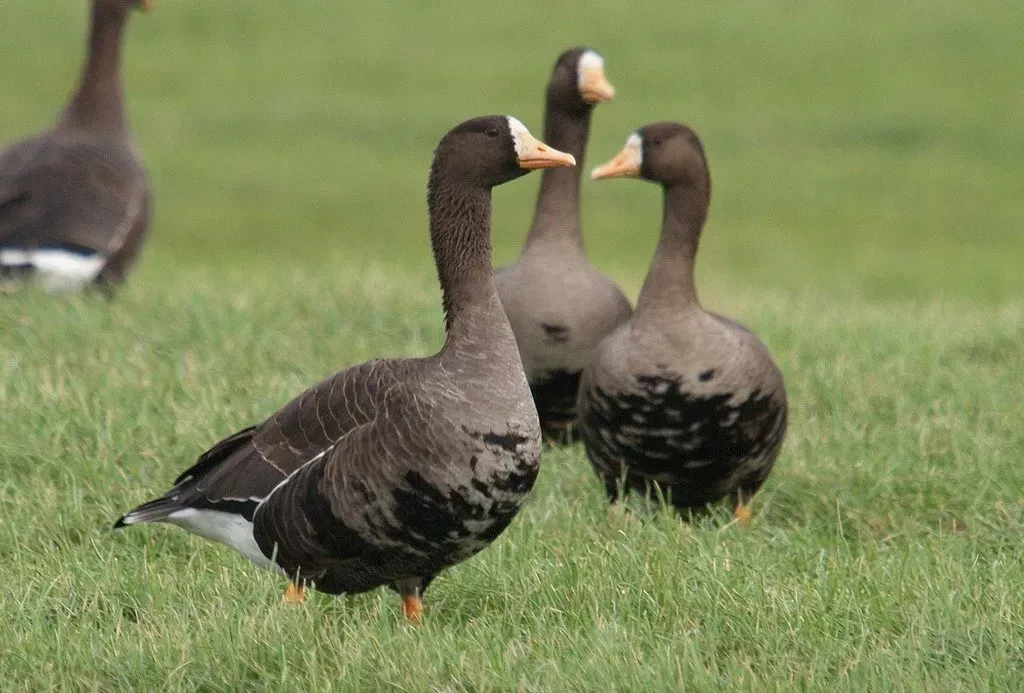Birdwatching sites in Northumberland
Allen Banks
Site of Special Scientific Interest, has many miles of waymarked walks through ornamental and ancient woods. Pied flycatcher, redstart, grey wagtail...
Aln estuary
The beautiful coastal village of Alnmouth lies on a equally beautiful estuary. Recent work by English nature has allowed the river to flood more areas, improving the habitat for both breeding and migrant birds....
Big Waters
Big Waters covers an area of almost 50 hectares, which includes the lake, stream, ponds, marshland, grassland and woodland. There are facilities for walking, picnicking, fishing, bird watching and nature studies.
Bolam Lake
Bolam Lake Country Park is situated in the heart of the beautiful Northumberland countryside surrounded by historic landscapes and dramatic views. It lies about nine miles west of Morpeth and is signposted off the A696 from Belsay.
Bothal Pond
Bothal pond is an area of fresh water caused by mining subsidence lying close to the A197 Ashington to Morpeth road. To view the largest pond at Coney Garth, visitors should take the adjacent minor road to the village of Bothal and park by the side of the road. Excellent views north over the water can be had from the hedgerows here.
Boulmer
The site is probably best viewed as part of a day trip that perhaps takes in the Alnmouth estuary and Craster.Take the minor road north from the roundabout in Alnmouth.At the first T junction turn right, and this road leads to Boulmer.An excellent view of the bay can be enjoyed from the rear of the Fishing Boat Inn
Branton Lakes
Situated 0.5 miles north of Powburn on the A697, turn west towards Branton. After approximately 0.75 miles you’ll see a metal gate on your right that leads to a car park. The reserve occupies a area of 29 hectares and is a former sand and gravel quarry close to the River Breamish
Budle Bay
Spectacular area of intertidal mud flats lying approximately 3 miles north of Bamburgh that attracts vast numbers of wintering wildfowl, waders and geese.The site is made so much more enjoyable because of its location next to the Bamburgh / Warren mill road.
Caistron
A Mile (1.6km) from the village of Hepple and 4 miles (6.4km) west of Rothbury is Caistron, a series of lakes lying next to the River Coquet, formed by the extraction of gravel, formerly taken from the river itself.
Coquet Island
Breeding Sandwich Tern and the rarer Roseate Tern , which is Europe's rarest seabird, with nationally important numbers of Eider, Black-headed Gull, Common Tern and Puffin.
Creswell Ponds
Formed since 1958 as a result of mining subsidence,Cresswell ponds are comprised of one large brackishwater-lagoon (the only permanent brackishwater-lagoon on the Northumberland Coast) and two smaller fresh water areas.
Dipton Woods
Mixed woodland with all common woodland birds woodcock , great-spotted woodpecker, tawny owl, nuthatch, treecreeper, tits etc being joined in summer by pied flycatcher, buzzard , possible hobby , nightjar and redstart.
Druridge Pools
The whole Druridge Bay area is now totally reclaimed with the East Chevington reserve promising to be a superb coastal reedbed. It is hoped that Marsh Harrier (now breeding) , Bittern and Bearded Tit will all become regular breeding species
Dunstanburgh
The cliffs here at Castle Point lying to the rear of Dunstanburgh castle are made of hard Whin Sill basalt rock.This promotory provides a home to the largest mainland colony of Kittiwakes in Northumberland as is also an excellent seawatching point.
East Chevington
The reserve is considered as one of the best birdwatching sites in the county with large numbers of water birds using the lakes and the margins including terns, water rails and snipe.
Farne Islands
Described as one of the most exciting places in Britain to watch, walk amongst and see seabirds in their natural habitat, the Farne islands off the Northumberland coast are probably without equal. In spring this archipelago is home to over 100,000 seabirds
Fontburn
The footpath passes areas of wetland, scrub and grassland which attracts a variety of birds and insect life, before entering woodland where the visitor will find redstart and a few pied flycatcher. Red squirrel are also here along with reptiles such as adder, slow worm and common lizard.
Harthope Valley
Craggy areas such as the Carey Burn should hold Dipper, Ring Ouzel, with Common buzzard, Peregrine and possibly Red kite visible on high ground.Common sandpiper is also a regular spring visitor to the fast flowing burns. Whinchat, wheatear, pied flycatcher, cuckoo and redstart are also present.
Hauxley
The Northumberland wildlife Trust reserve of Hauxley is essentially a fresh-water lagoon with islands, reedbeds, hides and an information centre. Covering some 80 acres (32Ha) ,it lies 1.5 miles (2.4km) south of the town of Amble at the northern edge of Druridge Bay
Holburn Moss
Panoramic views of Holy island and the cheviots are not to be missed. On a spring and early summer morning moorland sounds are a delight. Holburn lake is a raised mire, previously used for peat extraction, best known as a wintering wildfowl roost which can produce many hundreds of pink-footed geese
Holy Island
Holy island lies in the centre of the National Nature Reserve that stretches from Budle Bay in the south, to Cheswick in the North.This huge area of Inter-tidal mudflats and dunes covers over 8500 acres and is designated a Special protection area.
Holywell Ponds
Breeding species include little grebe, pochard, greylag goose and sedge warbler. Goose numbers grow during the winter when they are also joined by wildfowl including wigeon, goldeneye and tufted duck. Passage species include greenshank and green sandpiper, and there have been plenty of rarities recorded over the year
Ingram Valley
Birds of prey will always position themselves into the prevailing wind so this is a good site for kestrel, buzzard and possible red kite.
Kielder Water
Bakethin is a nature reserve at the head of Kielder water. Crossbill, siskin, red squirrel Several raptors including goshawk and osprey in the breeding season can be seen....
Letah Wood
Approximately 4km south of the town of Hexham is Letah Wood. Thought to be the only woodland with truly wild daffodil displays in spring. Designated a site of special scientific interest and a local nature reserve, it is managed by the woodland trust. From a birdwatching point of view the wood is best visited early mornings in late April / May for migrant breeding birds such as pied flycatcher.
Long Nanny
Every April the beach here at the Long nanny burn ,south of beadnell, is home to a spectacular colony of arctic tern , with smaller numbers of little tern and ringed plover.The National trust operates a round the clock watch and there is a small observation platform.
Low Newton
The pool has a record for both grey and wilson's phalaropes present at the same time as well as sightings of bittern and purple heron.The isolated stands of trees and shrubs are well worth checking for migrating warblers including yellow-browed , barred and pallas's warbler.
Newbiggin-by-the-sea
The small seaside town of Newbiggin-by-the-sea has bedcome a major birding spot for it's excellent sea-watching.It is also turns up regular spring and autumn migrants on it's golfcourse and around the nearby Alcan plant
Prestwick Carr
A low-lying area of farmland with extensive areas of wet and semi-wet grassland, ditches, woodland and hedges. At specific sites including Big Waters and Weetslade there are reclaimed mine workings with a wide range of habitats and facilities that provide opportunities for the development of wildlife and ‘wildlife corridors’ linking habitats.
Roman Wall loughs
Broomlee, Grindon, Greenlee and Crag Lough are almost the only examples in Northumberland that have been formed by the action of glaciers scouring holes out from the underlying land surface. Wintering wildfowl and the stunning Hadrian's wall makes this a superb birding location...
Scotch Gill
Most common woodland birds are present including resident goldcrest, Grey heron, nuthatch, treecreeper, tits, jay, sparrowhawk, great-spotted woodpecker, green woodpecker, finches and thrushes, kingfisher, grey wagtail, dipper, as well as summer visitors such as redstart, pied and spotted flycatcher,blackcap
Slaley Forest
At its best during mid May to late July. The area bordering Blanchland moor is easily accessible by car. Walking across Blanchland moor will soon produce golden plover, curlew, red grouse, cuckoo and raptors, including merlin, sparrowhawk, kestrel and common buzzard.
Stag Rocks
Sometimes Purple sandpipers number over 100 and are joined by other waders including oystercatcher, turnstone and sanderling on the beach running around the tide's edge.Offshore wildfowl numbers can be very impressive with rafts of common scoter, eider and the spectacular long-tailed duck.
Thrunton Woods
Roe deer, badger and red squirrel are also present in the wood aswell as common coniferous species such as Woodcock, crossbill , Cuckoo in spring and coal tit, jay all year.
Whittle Dene Reservoirs
Breeding great-crested grebe ,tufted duck, grey heron, reed bunting and in summer it is possibly the most reliable site for the declining yellow wagtail. There is an annual passage of osprey and birds will often stay for days if not weeks. Regular waders include curlew, common sandpiper and passge greenshank.
Whitelee Moor
The heather moorland is home to birds such as red grouse, and birds of prey including merlin , buzzard, peregrine falcon and hen harrier. One of the moor's most striking insects is the northern eggar moth - its brown woolly caterpillars emerge as a large brown day-flying moth. Butterflies such as ringlet, small heath and green veined white are seen in summer.


